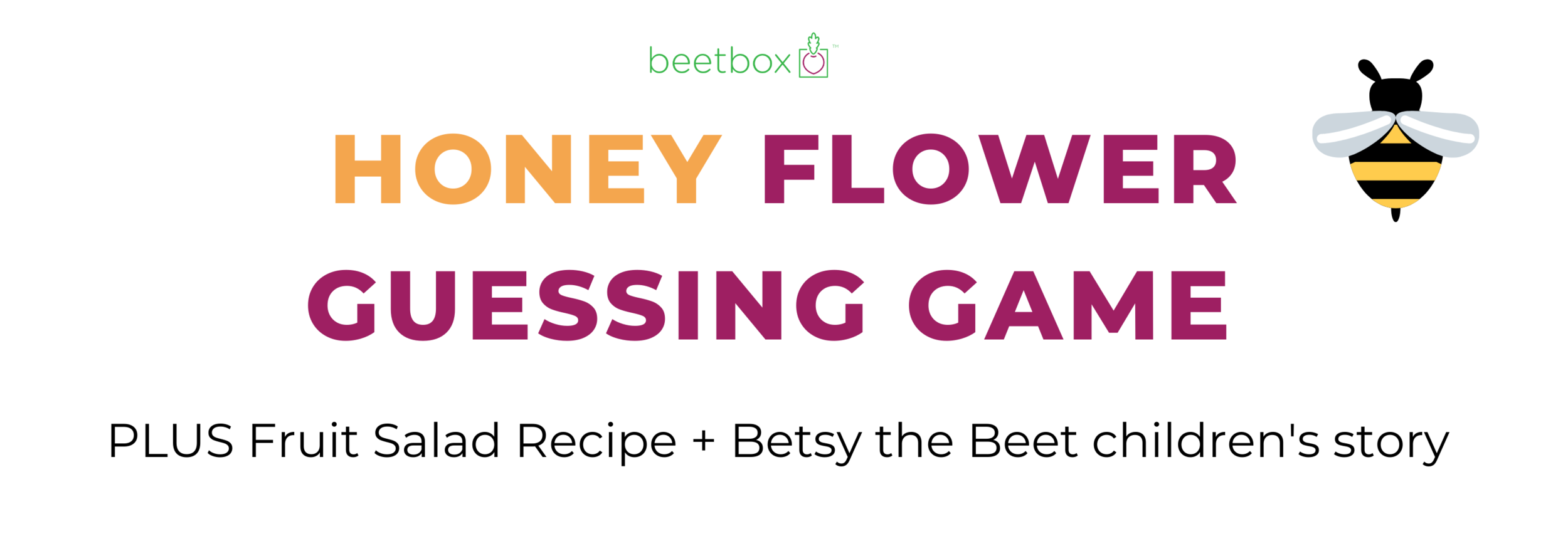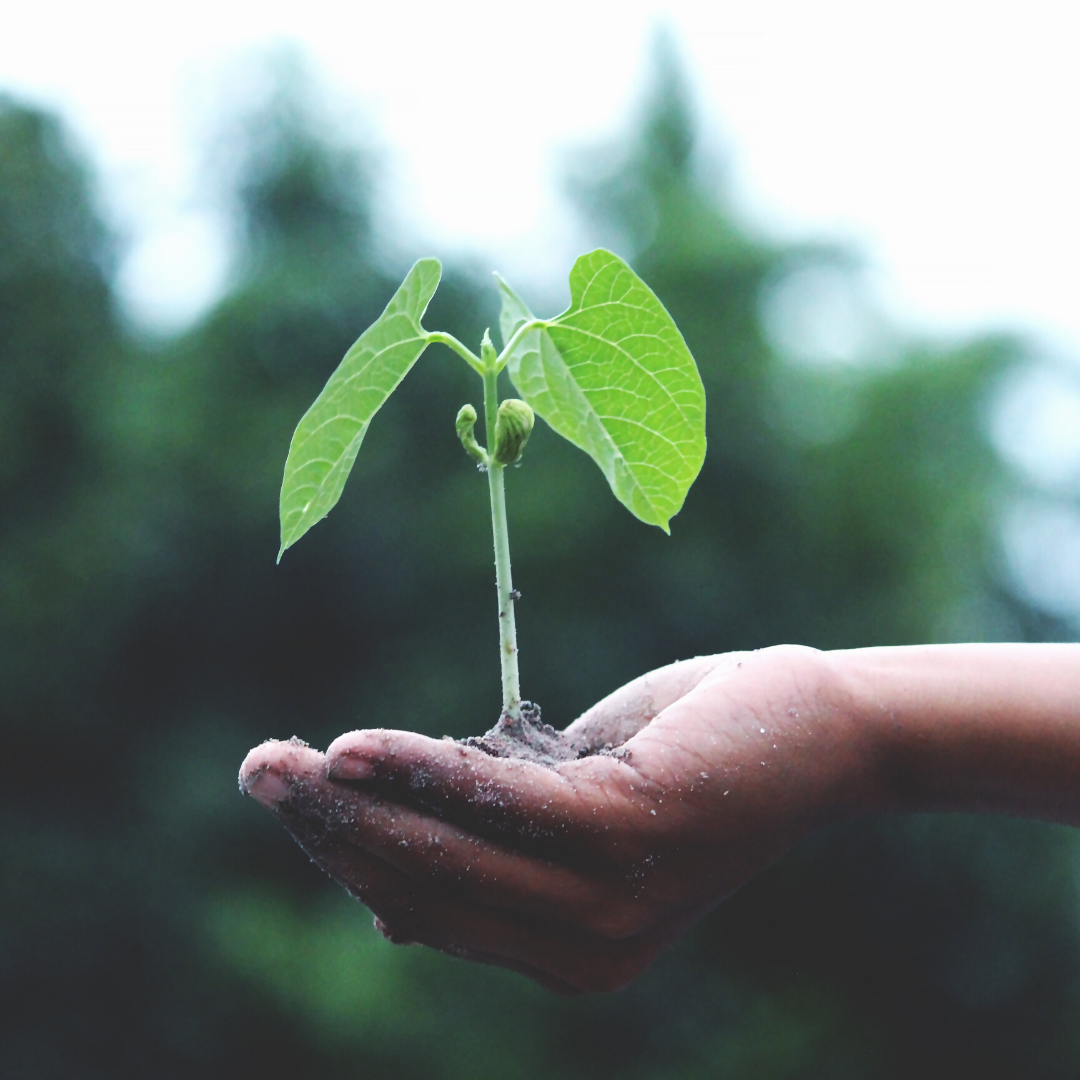Where exactly does honey come from? How is it made? Is there a reason for the buzz noise that bees make? Are there different types of honey? This simple activity is not only tasty and fun, but you’ll learn the answers to the above and more!
What you’ll need:
3 types of honey (eg: clover, buckwheat, alfalfa - look for difference in color)
Printed pictures of each flower
Popsicle sticks or spoons
Small cups or bowls
Honey Guessing Game
Gather 2 or 3 types of honey. You’ll know you have a different variety when you see different flower types such as “buckwheat”, “clover” or “alfalfa” on the label.
Conduct an internet search of the corresponding flower of each of your honey varieties. For example, if you have clover honey, conduct a search for images of clover flowers. Print images for each flower.
Put a small amount of one type of honey on a spoon or in a small cup. Instruct children to look at the honey, and ask questions like: “What do you see?” “Does it have a smell?” “What does it remind you of?” Allow them to touch it, and ask: “How does it feel?” “What do you think it will taste like?”
Ask: “Do you know where honey comes from?” Honey comes from bees (see info below). Show children pictures of bees and beekeepers above, and read the Betsy the Beet story.
One at a time, taste each honey by placing a little bit of honey on a popsicle stick or spoon. Observe and discuss taste, smell, and color.
Ask children to guess which honey came from which flower. Check to see if they’ve guessed correctly!
How is honey made?
The flower that a honey bee visits must contain nectar. Nectar is like sugar water, and this is what bees like to eat. They suck it up using their tongue which is hollow like a straw–it’s real name is a proboscis.
Inside the bee’s tummy it’s body changes the sugar part of nectar into different kinds of sugar (glucose and fructose). Some of the glucose then gets turned into an acid.
The bee then moves the watery honey mixture from its tummy, to it’s mouth, then into the honeycombs in the hive.
The mixture is too runny, so the bees make it thicker by fanning the mix with their wings. The mixture is thick, and called honey! The sound from their wings flapping is the BUZZZZ sound you hear from bees.
Try our DIGITAL membership!
All of our exciting, hands-on content right at your fingertips!
























